In September 1995, 17,000 participants, 30,000 activist leaders and representatives of 189 countries gathered together in Beijing, China—creating the largest ever global gathering on women’s and girls’ rights.
This conference—the United Nations’ Fourth World Conference on Women—had a mandate: to create the most transformative agenda for gender equality and the empowerment of women and girls.
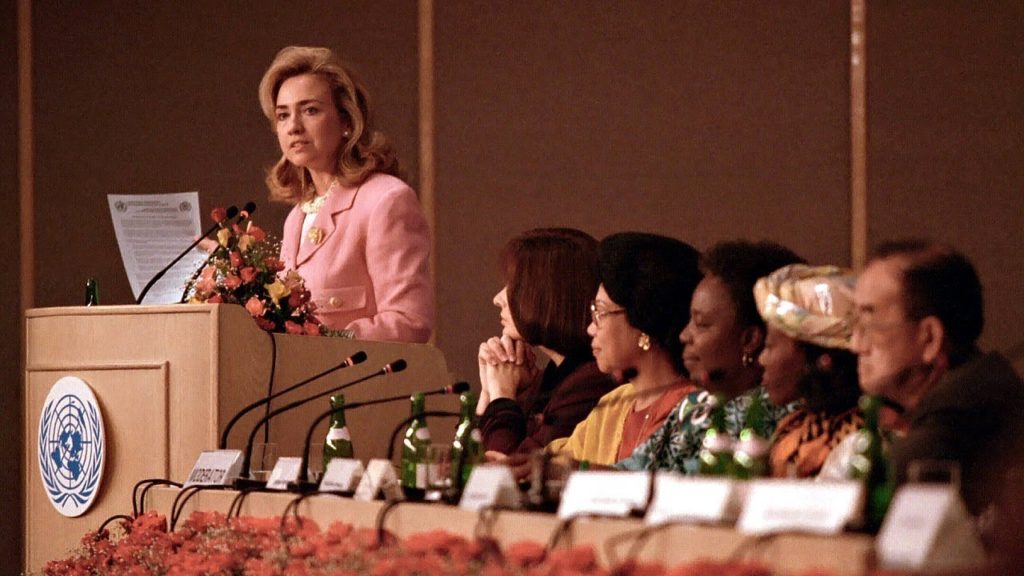
As a result, the famous Beijing Declaration and Platform for Action was created: a visionary agenda that outlines strategic objectives for gender equality and the improvement of human rights for women and girls. This document represented a crucial turning point in the international efforts to promote gender equality.
Now, though, it has become certainly clear that its implementation has not adhered to what was expected.
The Beijing Declaration and Platform for Action determined twelve key areas of concern were urgent action is needed for women’s and girl’s rights: poverty, education, health, violence, economy, environment, girl-child, among others.
The achievement of these areas of concern is critical for the success of the 2030 Agenda for Sustainable Development, a UN proposal to achieve different worldwide goals that range in various matters, including gender equality.
The 2030 Agenda will be the first time that the Beijing Declaration is reviewed on its current success.
Twenty-five years after the adoption of the Beijing Declaration, UN Women released “Gender Equality: Women’s Rights in Review 25 Years after Beijing,” a report that analyzes the progress achieved, opportunities for growth and setbacks that women have had to face since 1995.
The report reads:
“The complex and fast-moving political, social, economic and environmental changes of the past 25 years have brought welcome steps forward in some areas of women’s and girls’ lives.
“But we have also seen powerful pushback, with damaging reversals of hard-won advances in women’s rights and the broader development agenda. Poverty, discrimination and violence are still strongly present in the lives of women and girls. Under-representation in power and decision-making is still the norm. We are impatient for that to change.”
There are a lot of silver linings in the report, like the following example representing increased opportunity and progress:
“Today, a 15-year old girl in the developing world has more opportunities than ever before. Compared to previous generations, she is much less likely to live in extreme poverty, and has a better chance of growing up healthy and nourished.
“Thanks to shifts in laws, policies and social norms that have changed the world around her, she is more likely to be able to finish primary school and less likely to marry young and become a mother before she is ready. With more role models to look up to in the political leadership of her nation, this young woman can aspire to great things.”
Even though some improvement has been made, substantial change has been slow, uneven and insufficient for the majority of women and girls: Women are still being underestimated, are regularly victims of violence and, while working more than men, are still earning less.
Culture
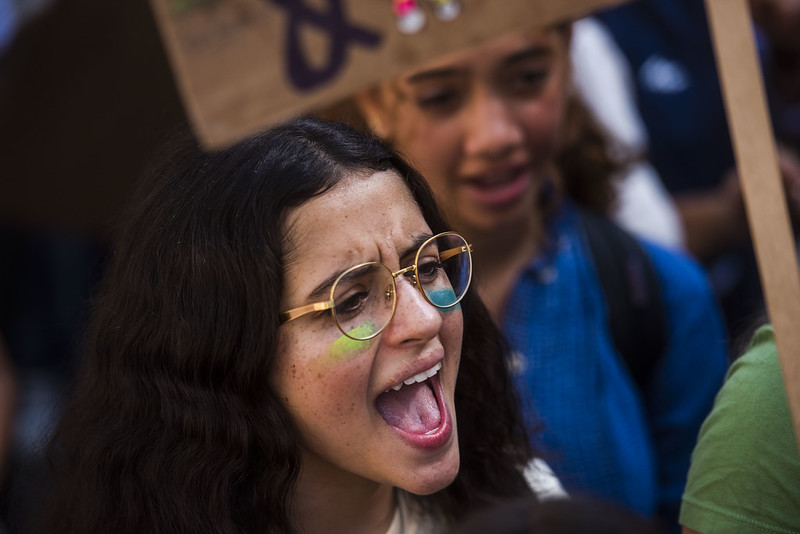
Across the world, feminist leaders are raising their voices and leading movements for change in diverse issues from racial justice and climate change to workers, migrants and LGBTI rights—among others. These matters cannot be isolated by themselves; they all require deep-rooted change as a whole.
Currently, the world has witnessed the rise of divided societies and the return of global far right, which include policies based on xenophobia, misogyny and homophobia. Therefore, a number of feminist agendas and funding have become progressively restricted—even to the point of suffering physical attacks, intimidation and harassment.
However, the report sees cause for hope: “Despite these threats, new generations of young feminists continue to bring energy and innovative strategies to the struggle for women’s rights.”
Politics
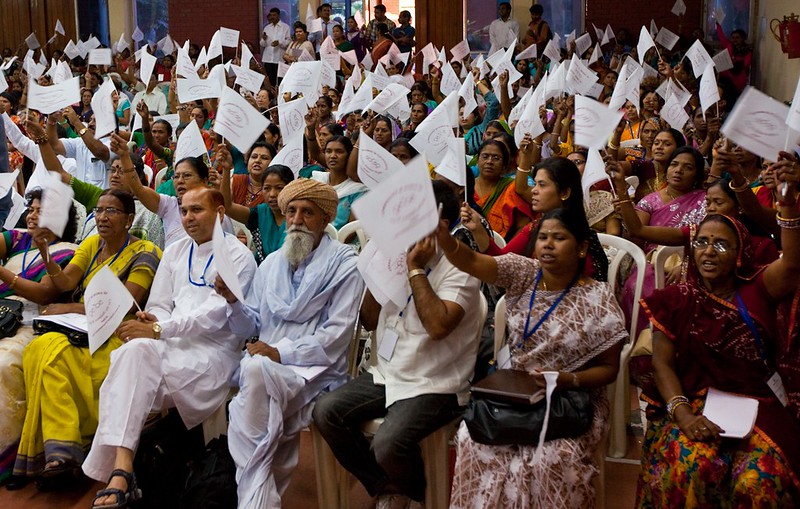
In recent decades, the representation of women in decision-making positions has grown: The number of women in politics is higher than ever before.
In 1995, around 11 percent of parliamentarians were women; now almost 25 percent of national parliamentarians are women. These numbers have more than doubled as a result of the bravery, conviction and dedication of women who decided to get into political life.
Despite gaining ground, the report notes that change has not been sufficiently transformative.
“Women remain significantly underrepresented in all aspects of decision-making and attacks on women in public life have become more common.
“Unfortunately, men still dominate politics and decision-making, representing 75 percent of parliamentarians, 73 percent of managerial positions and 70 percent of climate negotiators.”
“Only half is an equal share, and only equal is enough,” said United Nations Women’s Executive Director Phumzile Mlambo-Ngcuk.
To accelerate progress toward gender equality politics, gender quotas have proven to be the most efficient tool in achieving higher representation of women.
A great example is the Latin America and Caribbean region, where gender quotas were introduced in most countries.
As a result, this region has the highest proportion of women in parliament, reaching and average of 31.6 per cent. It is our own duty to vote and support women candidates, contribute with campaign funding and eradicate the discrimination and violence women suffer when they get involved in politics.
Violence
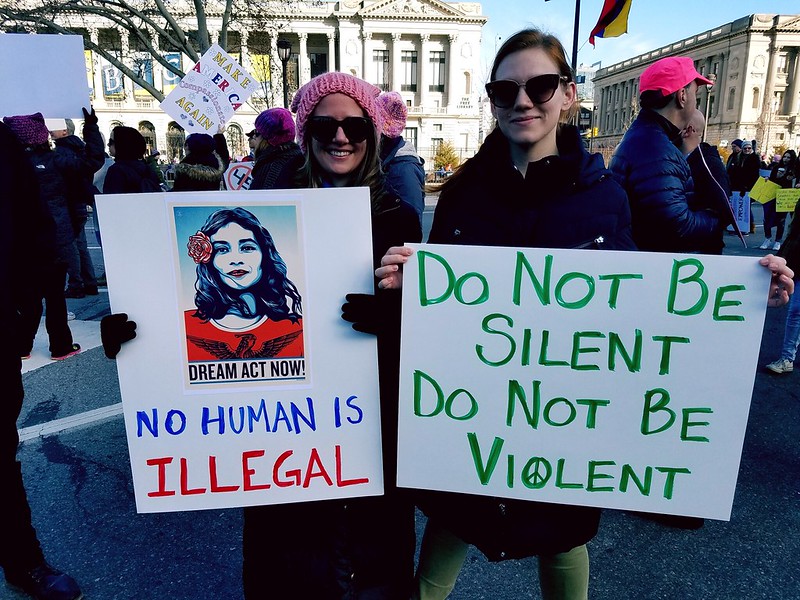
Recently, a growing number of global and national movements, such as #TimesUp, #MeToo, #NiUnaMenos and #BalanceTonPorc have ended the eternal silence that for so many years protected and perpetuated violence against women. These movements demand a higher accountability, ending impunity and promote a greater awareness on violence and discrimination against women and girls.
The report celebrates this success:
“Three quarters of countries now have laws against domestic violence, and there is growing evidence that violence can be prevented. Child, early and forced marriage—especially in some countries in South Asia—has recently declined. There have also been steps forward in efforts to end female genital mutilation (FGM).”
However, as the report also points out, there are new arenas where violence against women has taken hold:
“A quarter of a century after Beijing, violence against women and girls remains a global human rights violation of vast proportions. Deep-rooted drivers of abuse persist, and the rapid advancement of technology has opened up new digital spaces where women are being threatened, intimidated and harassed.”
Even though child marriages rates have decreased, today there are 650 million living women that were married before their 18th birthday, and 12 million girls marry before age 18 every year.
Also, 18 percent of women and girls aged from 15 to 49 years have experienced physical and/or sexual violence by a current or former intimate partner in the previous 12 months.
The world remains dangerous for women and girls.
To make sure all are free from violence, stereotypes and stigmas, governments must implement new laws on violence against women in public and private spaces, guarantee women’s access to justice, grant support and services for violence survivors and guarantee that prevention strategies are focused on narrowing the deep-rooted and unequal power between men and women.
Education, Workplace and Childcare
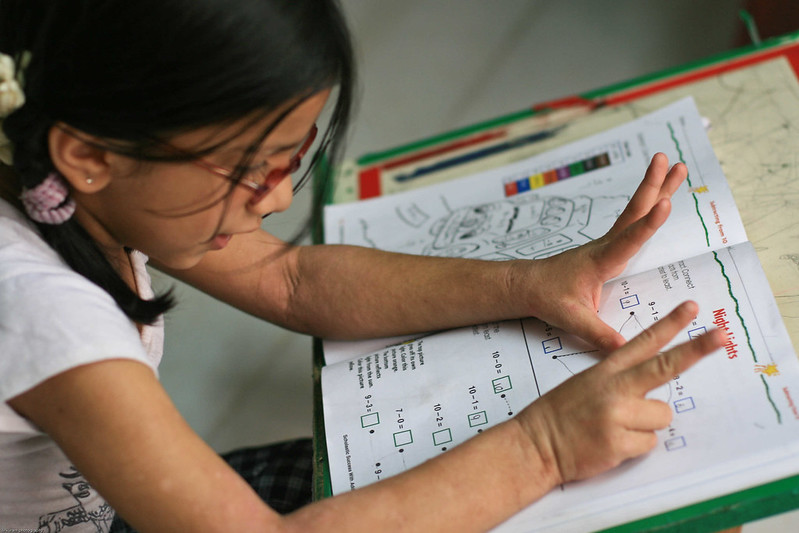
Worldwide, one of women’s and girl’s main success in the last 25 years is education.
On a global level, more girls are in school than ever before. Gender parity in education has been achieved in many places.
However, large gaps continue in some countries—and there are still 32 million girls of primary age out of school.
And despite worldwide educational victories, translating these achievements into the workplace remains difficult. Economic independence is crucial to women’s wellbeing and the enjoyment of human rights. It can balance positions of power within their homes, and expand their voices on different areas of society, giving women socioeconomic security, decision-making power, and the option to safely leave abusive relationships.
“In most regions, the gender gap in labour force participation has stagnated over the past 20 years, and women’s control of assets is limited. More than half of all women who work are in the informal economy, often in jobs where they lack even basic rights and protections. On average, women across the world are paid 16 per cent less than men. Also, the countless hours women spend in unpaid care and domestic work remain a huge obstacle to being able to access decent employment.”
Additionally, on average women spend almost three more times than men doing unpaid care and domestic work—4.1 hours a day for women, compared to 1.7 hours a day for men.
In the past years, governments have worked to increase women’s economic independence, but there is still work to do: end labour market segregation, guarantee equal pay, prevent harassment and violence at work places, improve work-family reconciliation policies -such as childcare services and paid parental leave—especially in the informal economy—and aid women transitioning from informal to formal work.
“Without childcare options, women often face the impossible choice between working and leaving their children alone or sacrificing the chance to provide an income for their families.”
A quick growth of childcare services would have various benefits for women, families and the economy, by allowing women to have a bigger commitment and participation in the workforce. This has been proved by different measures implemented in Germany, Chile and Kenya.
As a consequence of the labor inequality, we still have progress to make in assuring women’s dignified retirements, who after a lifetime of work and taking care of others, receive an insufficient pension.
Health
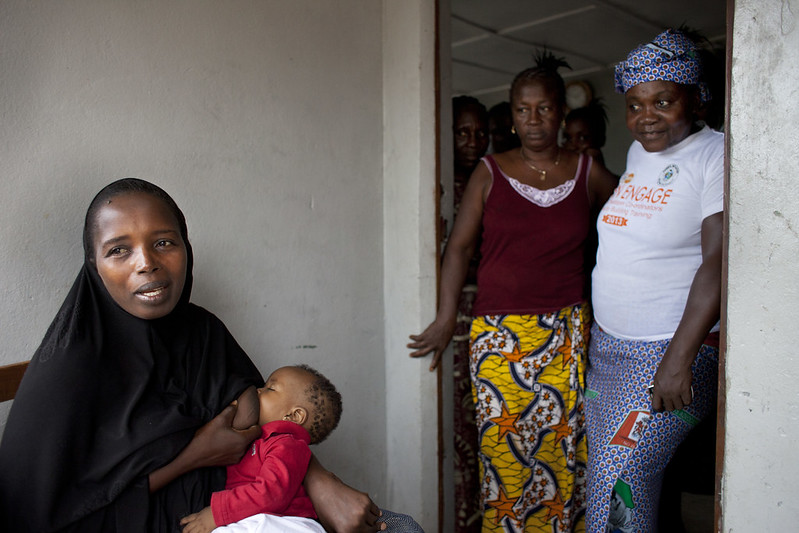
“While much remains to be done, more women are able to access institutional maternity care and fewer are dying in childbirth.”
There has been positive progress in maternal mortality, which has fallen by 38 percent between 2000 and 2017.
But despite these improvements, the global maternal mortality is still too high—211 deaths per 100,000 live births—and the access to family planning and reproductive health needs rapid expansion. Women and girls still deal with cultural obstacles that interfere with the empowerment of their sexuality and reproductive health.
In general terms, to ensure that progress happens quickly and successfully across all these themes, the report calls for four catalysts for change:
- Support women’s movements and leadership.
- Harness technology for gender equality.
- Ensure no one is left behind.
- Match commitments with resources.
The report shows that on average, life chances and opportunities have increased for a 15-year-old girl since feminists came together in 1995 for the Beijing Declaration and Platform for Action.
However, transformative and deep change is urgently needed and on a broad scale, in order to achieve full gender equality and successfully reach the 2030 Agenda. This is especially crucial for women and girls who are currently experiencing multiple forms of discrimination simultaneously—disability, race, social class, sexual or gender orientation, among others.
“We don’t have an equal world now,” the report reads, “but we are determined to have one.”
Extensive transformations are possible and necessary, and we will not stop until we get there. We need to take action to reaffirm what Hillary Clinton said in the 1995 Beijing Conference:
“Women’s rights are human rights!”





